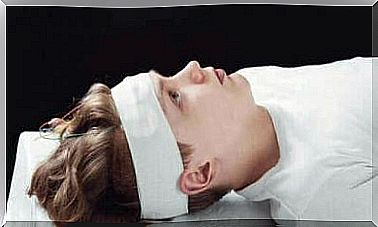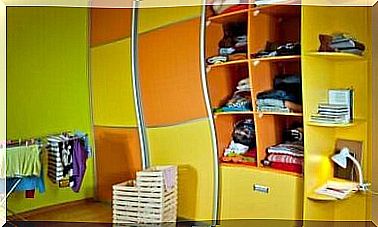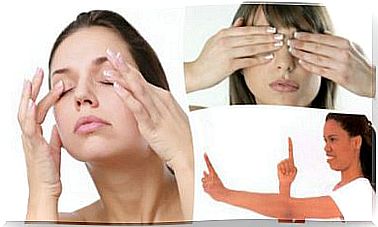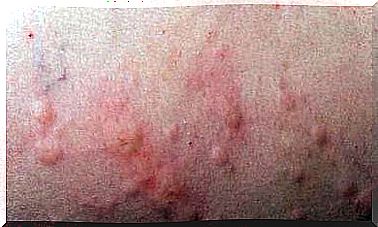Hyperactivity In Adults – 6 Tips For Its Treatment
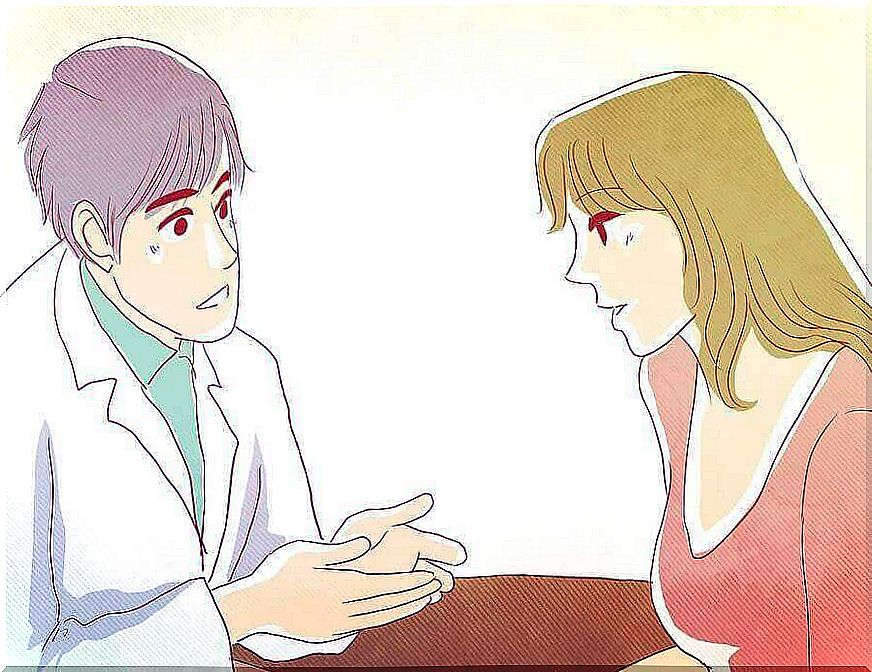
The symptoms of hyperactivity in adulthood are different from those experienced in childhood. In the following article, you’ll learn how to identify them and what to do to treat hyperactivity.
Adult hyperactivity is a problem many people do not recognize.
After all, most of them associate it with young children or students. However, people who do not receive proper treatment as children are more likely to become hyperactive as an adult.
Learn how to recognize and treat hyperactivity in adulthood below.
Why does hyperactivity occur in adults?
Hyperactivity occurs when a person carries out many tasks at the same time and does not finish any of them. Hyperactive people feel restless. Hyperactivity can manifest itself in different ways in both children and adults. It is mainly characterized by the following symptoms:
- Impulsiveness.
- Short attention span.
- Lack of concentration.
- Difficulty managing time.
- Inability to remain inactive.
- Inconsistency in actions.
Moreover, an overactive person never stays in the same place, talks a lot, and has trouble staying silent. She can also be very impatient. This is best seen when he has to stand in lines (at a bank or in a public space) and cannot wait his turn calmly.
Likewise, hyperactive people often interrupt others. People are not as familiar with adult hyperactivity as they are with children. However, it occurs more often than you might think.
It is an emotional and mental disorder that causes changeable moods, poor planning skills for daily activities, lack of self-confidence, and poor or irregular attention.
As a result, hyperactive adults are often people with low self-esteem, living in complex romantic relationships, little social interactions, and frequent failures. The main problems that arise from such problems are anxiety, depression, personality disorders, and drug use.
Hyperactivity and its treatment in adults
First of all, you should meet a psychologist who will analyze your case and make a diagnosis. If you really do have adult ADHD, your next step should be to learn about the disorder to understand what it is and how it affects people and other areas of your life.
There are various options for fighting hyperactivity. Many of these involve cognitive or behavioral therapy that focuses on modifying certain habits over time. Here are some tips for being hyperactive in adults:
-
Spit it out

It’s always good to talk to people you can trust … as long as it’s someone who can (or wants to) help, support and respect you. It is very important to be able to rely on someone who is able to put aside judgment.
-
Breathe

Concentrated breathing can be of great benefit in overwhelming situations or in times of anxiety. To regain your peace of mind, focus on your body movements each time you breathe in and out – until you calm down.
This technique allows us to stop focusing on the negative side of things.
-
Avoid interrupting others

To avoid disturbing others, you can try counting down to 10 before you start talking. You should practice actively listening to what others are saying without commenting, unless directly asking for feedback.
-
Relax
Various relaxation techniques can be tried out when adults are overactive . Sometimes meditation will be the best solution. In other cases, a relaxing shower or a walk in the park will help.
The important thing is to find the method that will best help you calm your mind and the uncontrolled flow of ideas.
-
Be more organized

Another obstacle that hyperactive people have to solve is the clutter of their environment (at work or at home).
- You can organize yourself in many ways, such as creating to-do lists, keeping a calendar, or using sticky notes.
You can also take one day off from planning to tidy up your desk or workspace and slowly change your habits to prevent piles of things from building up (you can try putting your clean clothes down instead of leaving them on a chair, or putting your folders on a shelf instead of stacking them on top of your desk ). desk).
-
Limit the distractions
Hyperactive people get distracted very easily. Therefore, you should reduce distractions by removing them from study or work areas.
